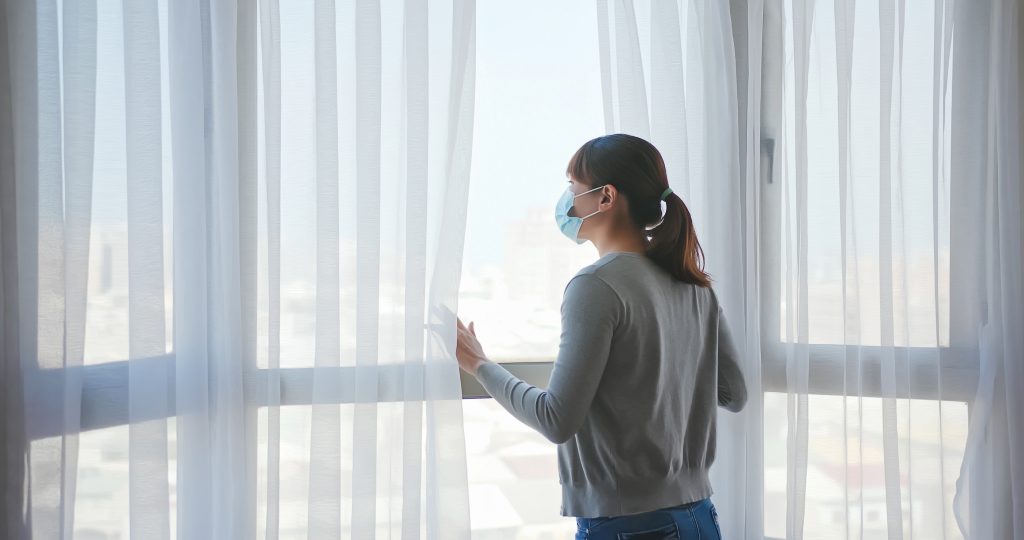
- ARAB NEWS
- 18 Jul 2025

TOKYO: The number of COVID-19 patients staying at home is surging in Japan, amid the spread of the omicron coronavirus variant, which is believed to be highly infectious but less likely to cause severe symptoms.
The nationwide number of such patients hit a record high of some 264,000 as of Tuesday, up about 14-fold from two weeks earlier.
In the current situation, there are growing concerns about coronavirus transmissions within households. According to government data, nearly 40 percent of people newly found positive for the coronavirus earlier this month contracted the virus at their homes.
Hiroo Hanabusa, head of Shinjuku Hiro Clinic in Tokyo’s Shinjuku Ward, which deals with around five to six patients a day through home visits and online, said that many of the clinic’s COVID-19 patients were those in their 20s to 40s before and that it currently takes care of a wide range of patients, from children to the elderly.
“In line with an increase in infected people, the number of severely ill patients could grow,” Hanabusa said.
Hinata Homecare Clinic in the capital’s Shinagawa Ward saw about 700 COVID-19 patients use its home care service in a month during the fifth wave of infections in Japan last summer, when the delta variant was raging. According to its director, Kazuma Tashiro, however, the clinic currently has no such patient, while receiving an increasing number of phone calls, mainly from people with mild symptoms.
Tashiro voiced his support for the Japanese government’s policy of allowing young people with no underlying conditions to heal without receiving medical treatment if they have only mild COVID-19 symptoms. “We should adopt a fighting style that fits the omicron variant, of which carriers are less likely to develop severe symptoms,” he said.
Among local governments, there are moves to change their existing measures to support at-home COVID-19 patients.
On Friday, Kanagawa Prefecture, south of Tokyo, introduced a program to allow patients to recover at home with no support from medical institutions. To maintain its medical system with limited resources, the prefecture stopped distributing pulse oximeters and providing food supplies.
In Shizuoka Prefecture, west of Kanagawa, meanwhile, the prefecture’s pandemic response headquarters are facing a spate of reports from local public health centers that they are running short of pulse oximeters.
Following last summer’s fifth infection wave, the Shizuoka government secured about 12,000 such devices. However, the prefecture has “additionally ordered thousands as infections are continuing to increase,” a prefectural official said, adding that some people have not returned the devices.
The Shizuoka government is also maintaining the service of providing one week’s worth of food and other supplies for free to patients who cannot receive support from relatives or friends.
An official of a food wholesaler that packages the supplies for shipments said that 10 workers are currently engaged in the work. “If infections increase further, we may have to review our personnel distribution,” the official said.
JIJI Press